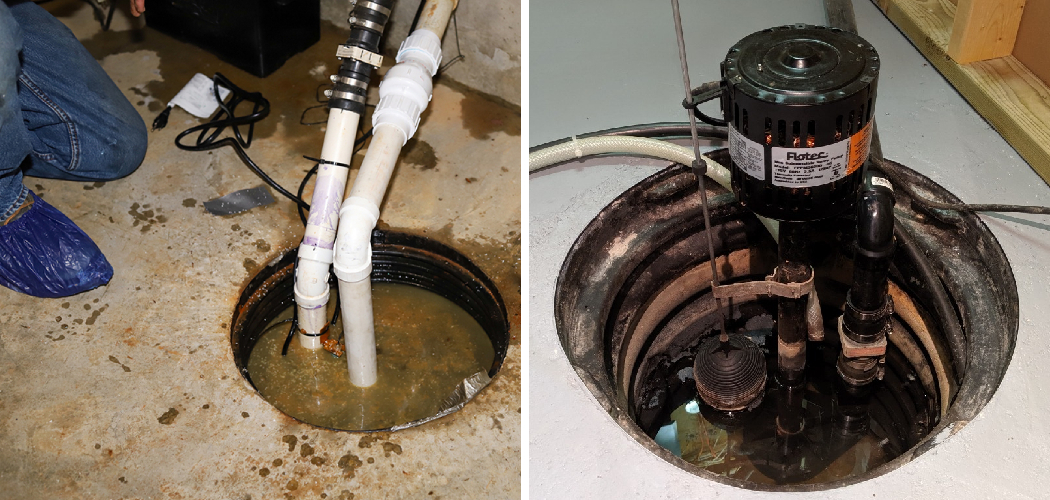It’s essential to have a well-functioning sump pump in your home, particularly if you live in an area not prone to flooding – yet even more so when it is. After all, the primary purpose of a sump pump is to protect your home and possessions from water damage caused by severe weather or other catastrophes.
But how do you know if your sump pump is working properly? Today, we’ll go over how you can do this for yourself at home while providing key tips on what to look out for during testing. So let’s get started!
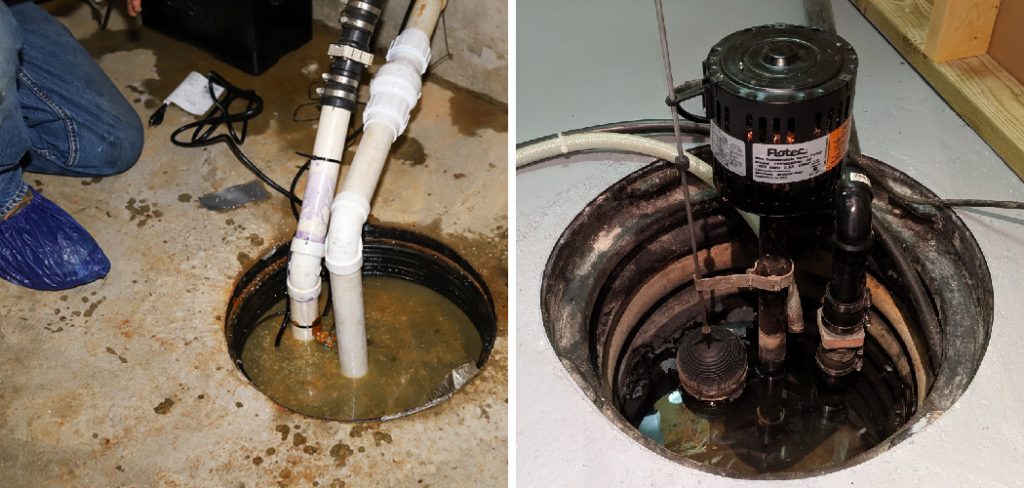
This blog post is designed to give you a comprehensive guide on “how to test my sump pump!” We’ll cover everything from what a sump pump is and why you should ensure it is working properly to avoid potential water damage due to flooding to tips on correctly testing the device.
Additionally, I will provide step-by-step instructions that are straightforward enough for anyone – even novice DIYers -to comprehend. So strap in and get ready for a deep dive into the world of sump pump testing!
Why May You Want to Test Your Sump Pump?
1 . To Ensure Proper Operation
Testing your sump pump is important to make sure it is working properly. If the pump does not function correctly, you may run into flooding and water damage in your basement or crawlspace. The test will allow you to identify any problems that may exist and take steps to fix them before they cause more damage.
2 . To Check for Issues
Testing your sump pump can also help you identify any issues that may be present. If the pump is making strange noises, not pumping out enough water, or running too often, these could all indicate a potential problem. Testing will allow you to troubleshoot the issue and determine what needs to be done to fix it.
3 . To Ensure Long-Lasting Use
Testing your sump pump regularly can help prolong its life. This is because it will allow you to identify and repair any issues early on, before they become more serious and require more costly repairs or replacements. Regular testing will also ensure that the pump remains efficient for a longer period of time, helping you save money in the long run.
How to Test My Sump Pump in 5 Easy Steps
Step 1: Inspect the Float and Plug
The first step in testing your sump pump is to inspect the float and plug. The float should move freely along its path, without any blockages or obstructions. The plug should also be firmly plugged into the outlet. If either of these items is not functioning properly, it may affect the performance of your sump pump.
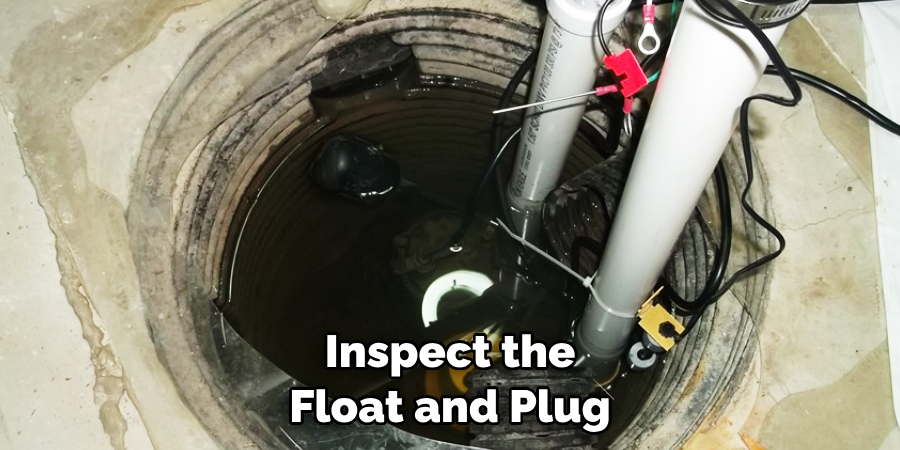
Step 2: Pour Water Into the Sump Pit
The next step is to pour a few gallons of water into the sump pit. The amount will depend on your specific sump pump model but should generally be enough to reach the float level. This will test the pump’s ability to sense the rising water level and activate itself.
Step 3: Check If The Pump Activated
Once you’ve poured enough water into the sump pit, wait a few minutes and check if the pump has activated. This will tell you whether or not your sump pump is functioning properly. If it hasn’t been activated, this could mean that the float and plug are not properly connected.
Step 4: Check The Float Level
If your sump pump has been activated, check the float level to make sure it’s within the manufacturer’s guidelines for proper operation. If it isn’t, this could be an indication that something is wrong with your sump pump.
Step 5: Check The Discharge Line
Once the float level is within the manufacturer’s guidelines, it’s time to check the discharge line. Make sure that it’s clear and free of debris so that water can flow freely. This will ensure your sump pump is able to properly remove unwanted water from your home or business.
By following these five simple steps, you can easily test your sump pump and make sure it’s working properly. Doing this regularly will help to ensure that your sump pump is in good working condition and ready to tackle any potential flooding issues. Additionally, if you find that the float level or discharge line is not as it should be, contact a professional for assistance right away.
Some Extra Tips to Test Your Sump Pump
1 . Do Not Over-tax Your Sump Pump
If your sump pump is working too hard, this can lead to premature failure of the equipment. Make sure you check and adjust your pump’s float switch so that it only turns on when necessary. You may also want to consider installing an additional discharge line to help it work more efficiently.
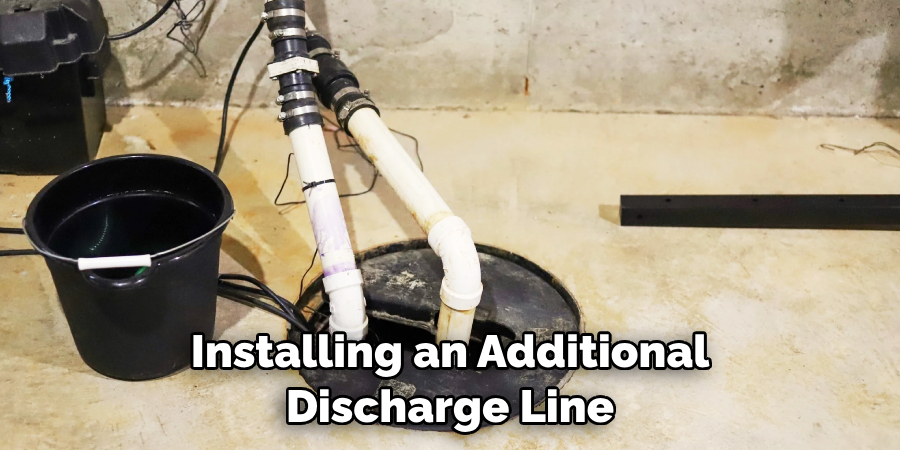
2 . Always Keep an Emergency Backup Handy
It is always wise to have an emergency backup sump pump ready in case your primary pump fails. Make sure you test the backup regularly and always keep it charged so that it’s ready for any eventuality.
3 . Clean Your Pump Regularly
Your sump pump can get clogged up with sediment, which will reduce its effectiveness. Clean the pump and the discharge line regularly to keep it operating at peak performance. It’s also a good idea to check your sump pump for any signs of wear or damage and replace it if necessary.
Remember that regular maintenance can help you avoid costly repairs or replacements down the line. Testing your sump pump is an important part of keeping your basement dry and safe. Follow these tips to ensure that your sump pump is in good working order, so you can rest assured that it will be ready when you need it most!
4 . Check the Voltage
If your sump pump isn’t getting enough power or voltage, this can cause it to not work properly. Make sure to check your pump’s voltage regularly and ensure it’s getting the proper amount of power. If you notice any discrepancies, contact a professional as soon as possible to fix the problem.
5 . Check Your Alarm System
In many homes, sump pumps are installed with an alarm system that is designed to alert homeowners if their pump fails. Make sure to test your alarm regularly to ensure it’s working properly. If you don’t have an alarm system installed, consider getting one as soon as possible.
Taking the time to make sure your sump pump is operating properly can help you avoid costly repairs and replacements in the future. Following these tips will ensure that your pump is running efficiently and reliably when you need it.
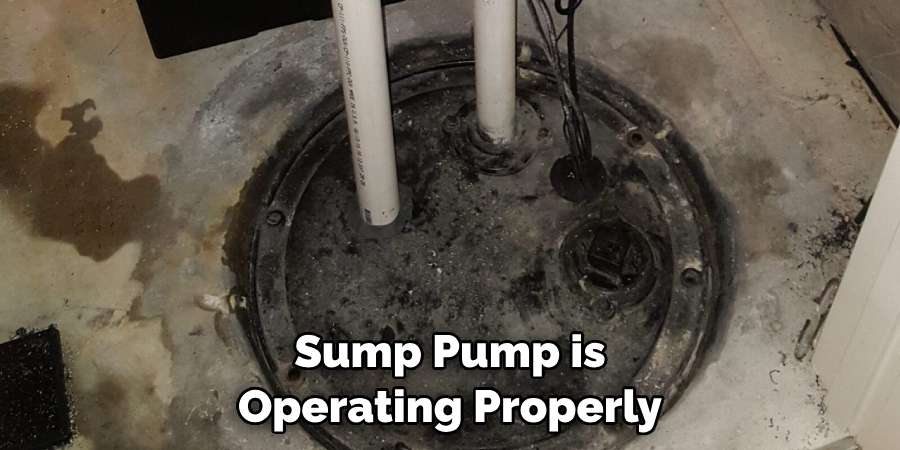
Frequently Asked Questions
What Precautions Should I Take When Testing My Sump Pump?
It is important to take safety precautions when testing your sump pump. Before starting, make sure the power supply and water source are disconnected from the unit. Additionally, you should wear protective clothing and eyewear during the test.
How Often Should I Test My Sump Pump?
Your sump pump should be tested at least once a year or as soon as you notice any signs of wear and tear. Doing so will ensure the unit is operating correctly and can help prevent any costly repairs down the line. Additionally, it is a good idea to perform a visual inspection of the sump pump regularly.
What Are Some Common Issues With Sump Pumps?
One of the most common issues with sump pumps is clogging due to debris such as mud or rocks. This can cause the unit to overheat and break down. Additionally, improper installation or lack of maintenance can cause the sump pump to become unresponsive or inoperable.
What Should I Do If My Sump Pump Is Not Working?
If your sump pump is not working, first make sure the power supply is connected and that the water source has been turned on. Next, check for any clogs or debris that may be blocking the unit and remove them if necessary. If these steps do not resolve the issue, contact a local plumber for assistance.
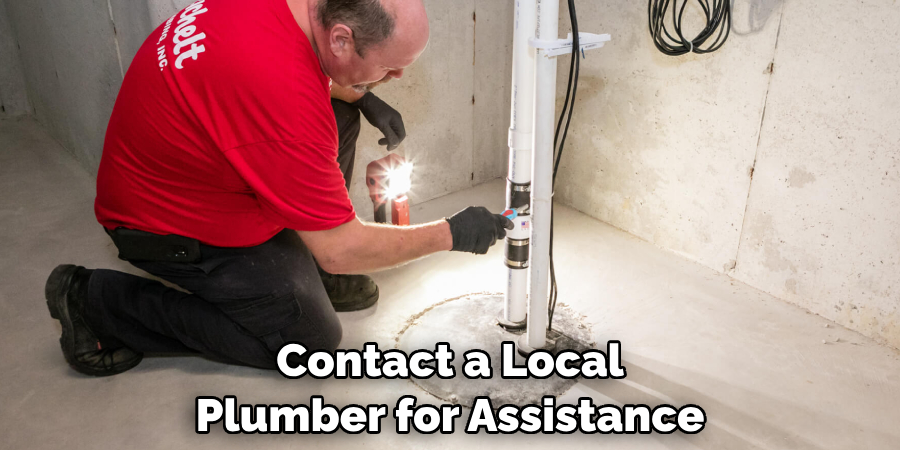
Conclusion
After completing these steps on how to test my sump pump, a homeowner or plumber should thoroughly test the sump pump. This may seem like a daunting and long task, however, the peace of mind gained from this assurance of a properly running sump pump is well worth the effort invested. It can save thousands of dollars in damage repair and potential injury due to flooding.
Furthermore, remember that many pumps are built with reliable motors which need little maintenance – yet any time you make changes to a pump’s intake line it’s important to assess its function.
Taking all components into consideration, having knowledge on how to properly test your sump pump is an invaluable skill set for any homeowner or plumber and it will pay dividends in the future when ensuring the structural integrity of your home or business.

